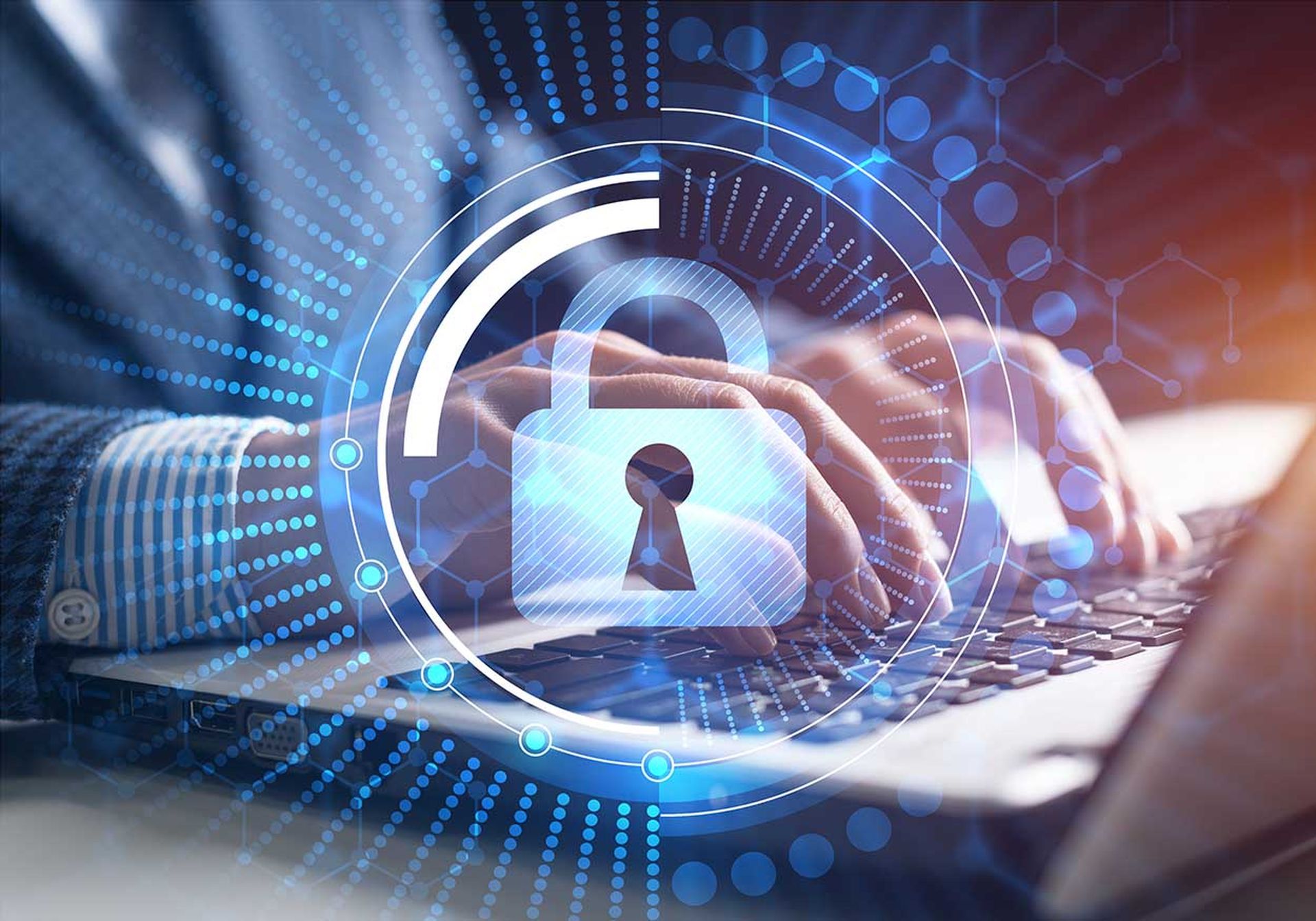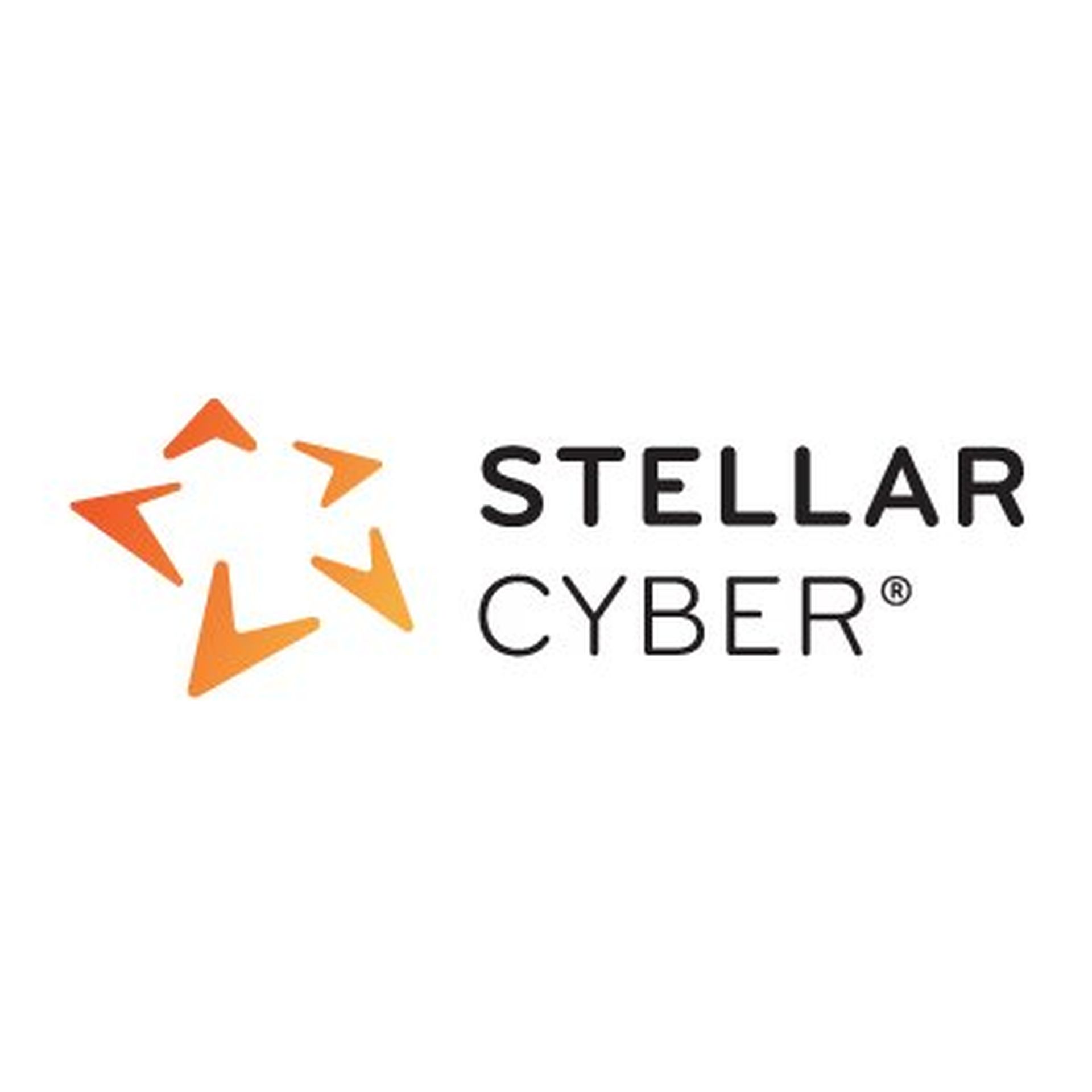Unless you have been on a deserted island, you have seen the news about some of the cybersecurity market’s most prominent SIEM vendors making significant moves in the past week or so. Two well-known SIEM vendors, Exabeam and LogRhythm, are merging, and another major player, Palo Alto Networks, is buying the QRadar Cloud SIEM business from IBM.
Coupled with the completion of the Cisco acquisition of Splunk and another dozen or so significant transactions so far in 2024, it is hard to deny that the much-anticipated consolidation in the cybersecurity market is hitting its stride. Now, there are more than enough blogs online discussing the potential pros and cons of these mergers and acquisitions in detail, so instead, I will discuss the opportunity this uncertainty in the market gives all cybersecurity leaders – the catalyst to analyze their cybersecurity framework.
It is in Our Nature as Humans to Resist Change
Any change, even if it is for the better, is unsettling. Even when you buy your dream house or finally get the job you have always wanted, the change you will undergo can be stressful. Consider when something you don’t want to happen, such as your security platform vendor merging with or selling to another vendor, especially a past fierce competitor, happens. The forced change associated with these uncertain situations can cause sleepless nights.
So, whether you are an Exabeam, LogRhythm, or QRadar customer now, or even if you are not, developing a Resilient Cybersecurity Framework can safeguard you and your team when the unexpected happens.
What is a Resilient Cybersecurity Framework
Effective cybersecurity is a delicate balance of technology, people, and processes, all working towards a common goal: a secure environment. Any change to one of these three components impacts your team’s effectiveness. A resilient cybersecurity framework is not just about preventing breaches. This framework enables your team to withstand and recover from any situation. There are three critical components to building a resilient cybersecurity framework:
Neutrality
When building out your security framework, it is essential to consider how your choices will impact the power balance between manager and employee and between the technology vendor and your organization.
From a manager/employee perspective, giving your people a “seat at the table” is essential when making decisions that impact their daily work. Ensuring your employees feel heard gives them a sense of ownership over your security approach and increases the likelihood that they will be long-term employees.
From a vendor/organization perspective, you can ensure that every vendor is given a manageable amount of inherent power over your security stack by diversifying your choices. Plenty of vendors provide endpoint products, firewalls, vulnerability management technology, and the like, making it possible for you to diversify your security stack without compromising your security posture. Your team’s security operations platform must support this diversified technology stack without requiring cumbersome care and feeding. Ideally, select a security platform that supports many security products so that when and if you need to change any of the supporting security products, the security operations platform continues to deliver the results you expect.
Flexibility
Closely related to the neutrality component, a resilient cybersecurity framework will be flexible by design, enabling you to adapt to your changing business requirements and changes in the vendor landscape. For instance, if your organization decides to move some or all of your infrastructure to a cloud provider, such as the Oracle Cloud Infrastructure, your security platform should be able to ingest the critical data from this cloud environment and seamlessly integrate it with the other data sources you are already ingesting to identify threats.
In certain situations, you may also need to move your security platform from the cloud to on-premises or vice versa. The ideal security platform should support either deployment model, giving you ultimate control and flexibility over delivering your security outcomes. The last thing you want is to discover the security choices you made ultimately inhibit the business from making strategic moves. Ensuring your security platform is flexible enough to withstand these changes is critical when developing a resilient cybersecurity framework.
Automation
Many security teams rely on a few key security professionals to deliver the security outcomes their business demands. While this approach can result in a highly effective security team, it also comes with significant risks. Say, for instance, a critical security professional from your team leaves for a new opportunity by surprise. Even if they give you the customary two-week notice, it is doubtful you can document all of their processes effectively before they go.
Your resilient cybersecurity framework must enable you to automate as many processes as possible, from data ingesting and processing like enrichment to detection, correlation, and response. Working towards a hybrid workflow that automates what can be automated frees up your skilled resources to do what they do best: completing investigations.
This automation means you can throw the security professional leaving a going-away party and wish them the best instead of worrying about how you will continue to deliver results. The automation in your resilient cybersecurity framework makes this possible.
Closing Thoughts
It’s hard to forget a week with such significant news that has the potential to impact so many security teams. If you currently use Exabeam, LogRyhthm, or QRadar’s SIEM products as your security operations platform and want to discuss how we can help you build a resilient cybersecurity framework with our flexible and automated Open XDR platform, reach out to set up a personal consultation with one of our cybersecurity experts today.
Author Stephen Salinas is head of product marketing at Stellar Cyber. Guest blog courtesy of Stellar Cyber. Read more Stellar Cyber guest blogs and news here. Regularly contributed guest blogs are part of MSSP Alert’s sponsorship program.




